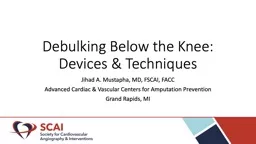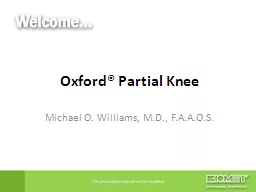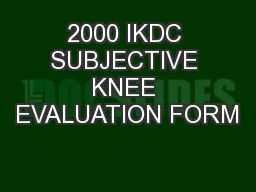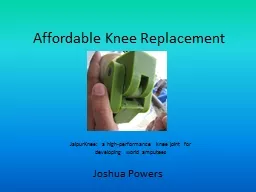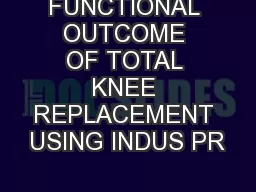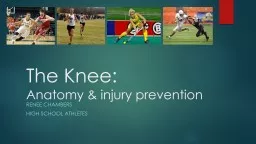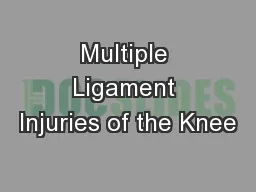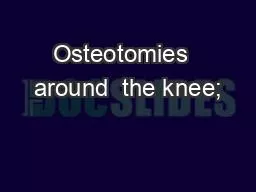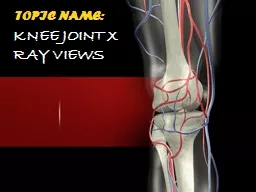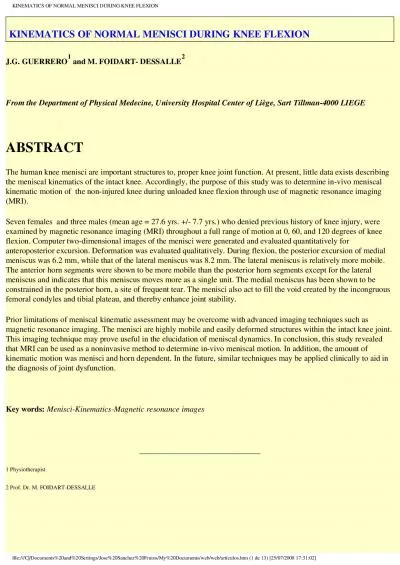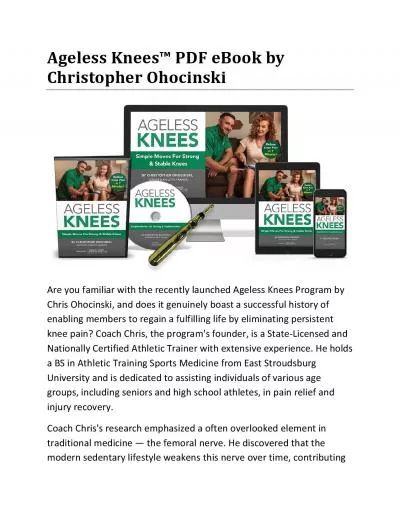PPT-Debulking Below the Knee:
Author : cheryl-pisano | Published Date : 2020-04-03
Devices amp Techniques Jihad A Mustapha MD FSCAI FACC Advanced Cardiac amp Vascular Centers for Amputation Prevention Grand Rapids MI Disclosures Bard Peripheral
Presentation Embed Code
Download Presentation
Download Presentation The PPT/PDF document " Debulking Below the Knee:" is the property of its rightful owner. Permission is granted to download and print the materials on this website for personal, non-commercial use only, and to display it on your personal computer provided you do not modify the materials and that you retain all copyright notices contained in the materials. By downloading content from our website, you accept the terms of this agreement.
Debulking Below the Knee:: Transcript
Download Rules Of Document
" Debulking Below the Knee:"The content belongs to its owner. You may download and print it for personal use, without modification, and keep all copyright notices. By downloading, you agree to these terms.
Related Documents

